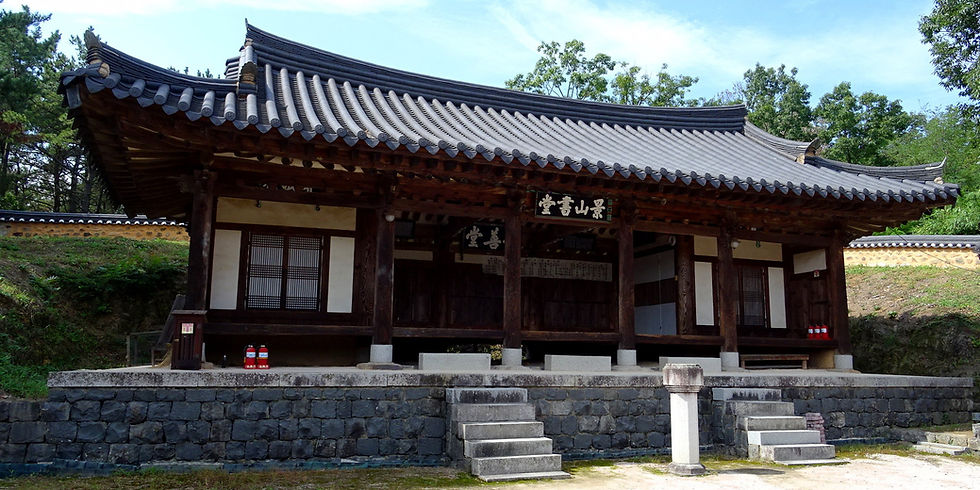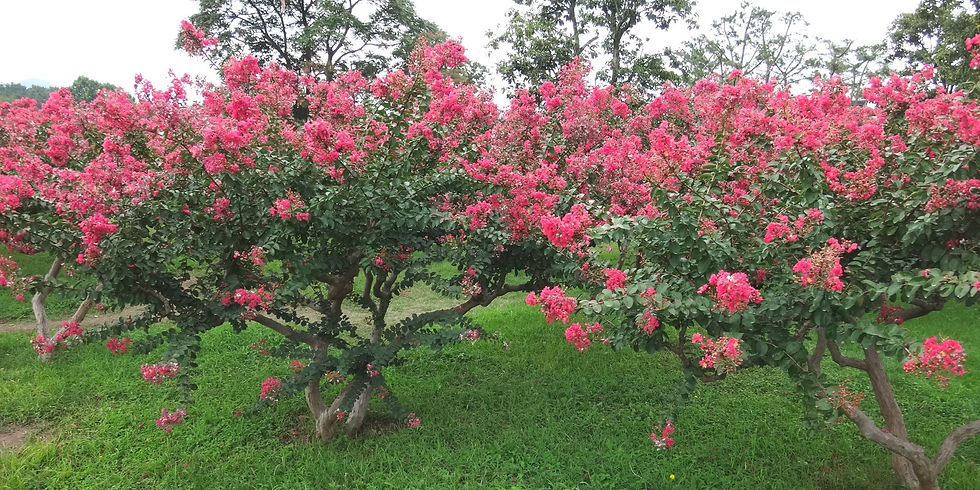
SOUTH KOREA
South Korea occupies the southern half of the Korean Peninsula, with North Korea to the north, China across the sea to the west and Japan across the sea to the southeast. Japan ruled Korea for years and after its defeat in World War II, Soviet forces occupied the northern half of Korea while US forces occupied the southern half. North and South each declared independence as separate states in 1948, with Kim Il-Sung establishing a communist regime with the support of Soviet Union in the north, and a capitalist regime was installed with the support of the United States in the south. After this disastrous war, South Korea achieved rapid economic growth starting in the 1960s and is one of the Asian Tigers recognized as an industrialized, developed economy with some of the world's leading high technology corporations such as Samsung and LG. Today, tensions are still existing between the two countries and increased in the last years.
Seoul, the Korean Demilitarized Zone (DMZ).
BEST TIME to VISIT SOUTH KOREA
BEST TIME to TRAVEL to SOUTH KOREA
May - October - November
Hot and rainy in summer

Hwaseong fortress

Korean Folk Village - children with teachers

Korean Folk Village - traditional kitcher outside of the house

Western Paju DMZ

Bronze sculpture for reunification of the 2 Korea

DMZ with colofurl letters - very popular for pictures

Daerungwon Ancient Tombs

Daerungwon Ancient Tombs

Daerungwon Ancient Tombs

Hwaseong fortress

Donggung Palace and Wolji pond

Hwaseong fortress - Roof

Donggung Palace and Wolji pond

Donggung Palace and Wolji pond

Donggung Palace and Wolji pond

around Gyochon Hanok Village - house

Korean king statue

shops

Changdeokgung Palace

Changdeokgung Palace

Changdeokgung Palace

Changdeokgung Palace

modern and busy city

restaurant

street view

Gyeongbokgung Palace

Gyeongbokgung Palace - gate

Hanbok - young girls with traditional customes

Hanbok - young girls with traditional customes

Hanbok - young girls with traditional customes

Korean Folk Village - woman and baby

Korean Folk Village - children with a teacher

Korean Folk Village

Korean Folk Village - children with a teacher

Hwaseong fortress

Yangdong Village

Yangdong Village

Western Paju DMZ - Memorial

Western Paju DMZ - old armored train used during the war

Western Paju DMZ - messages are written on the colored pieces of fabric for reunification and family left on the other side in North Korea

Bulguksa Temple

Bulguksa Temple

Hanbok - young girl with a traditional custome

Hanbok - young girl with a traditional custome

Hanbok - young girl with a traditional custome

Hanbok - young girl with a traditional custome

National Museum - Pagoda

National Museum - Buddha statue

National Museum - The Divine Bell of King Seongdeok was built in 733 AC - The magnificent design and inscription methods used in this bell exemplify the craftsmanship of artisan’s from the Unified Silla period.

National Museum - The Divine Bell of King Seongdeok

National Museum - Pagoda

Cheomseongdae Observatory

National Museum - Petroglyphs

National Museum - Petroglyphs

Yangdong Village - Shrine

Yangdong Village

Yangdong Village

Yangdong Village - Upper class house

Hwaseong fortress

Hwaseong fortress

Hwaseong fortress

Hwaseong fortress

Hwaseong fortress

Hwaseong fortress

Hwaseong fortress

Daerungwon - Flowers blooming

Gyochon Hanok Village - Gate

Rice fields

Gyochon Village - old house - Located in Gyeongju-si, Gyeongju Gyochon Village is a hanok village that allows visitors a look inside life of famous the Choi Clan.

Gyochon Hanok - roof and flowers

Changdeokgung Palace

Gyeongbokgung Palace

Changdeokgung Palace

Gyeongbokgung Palace